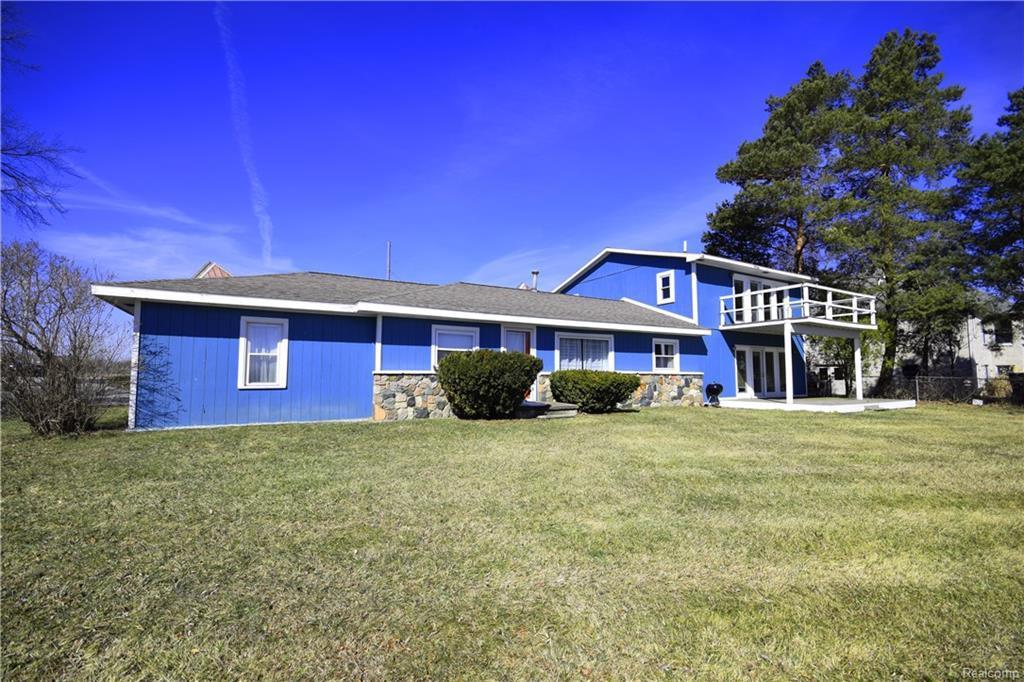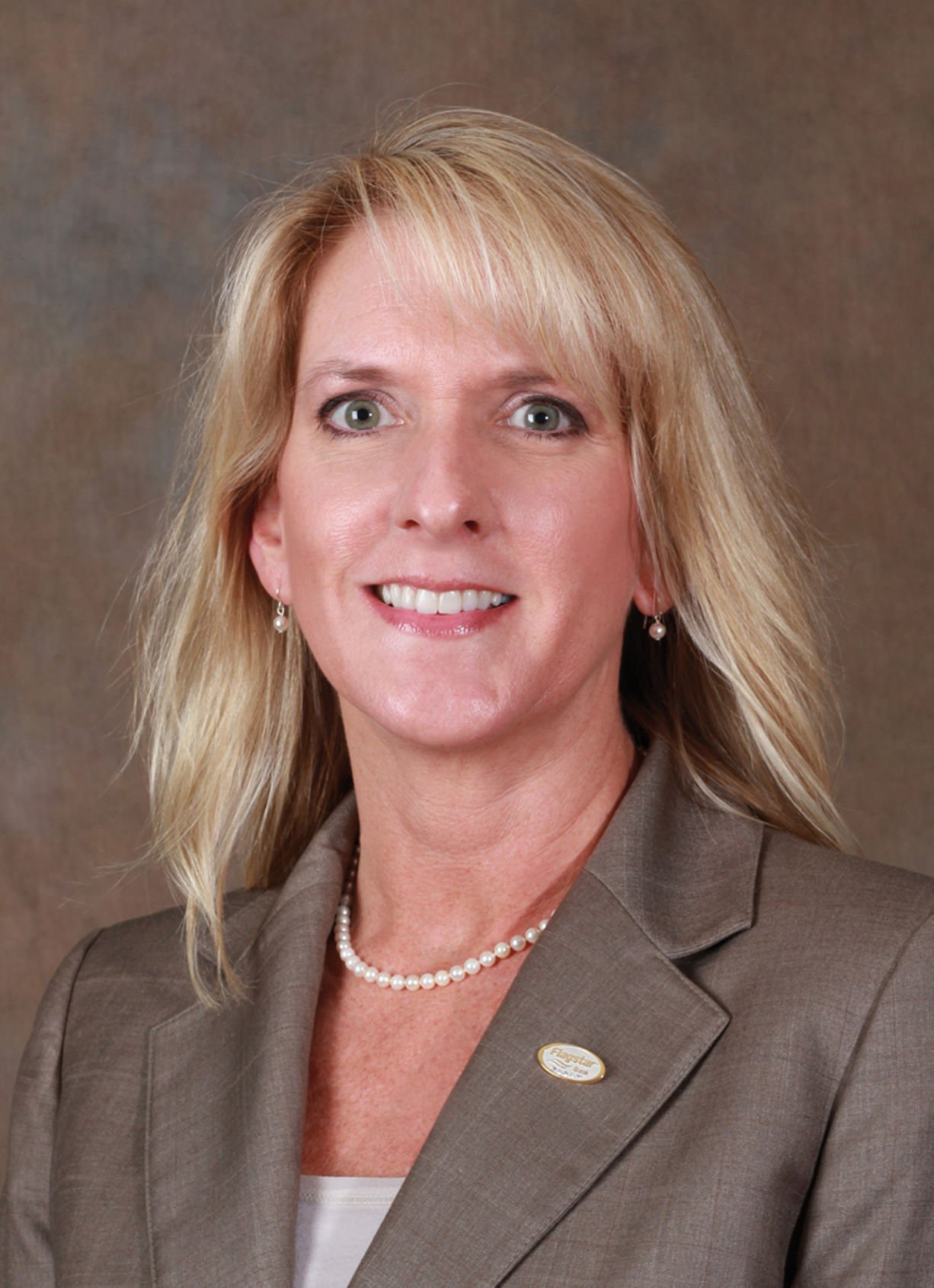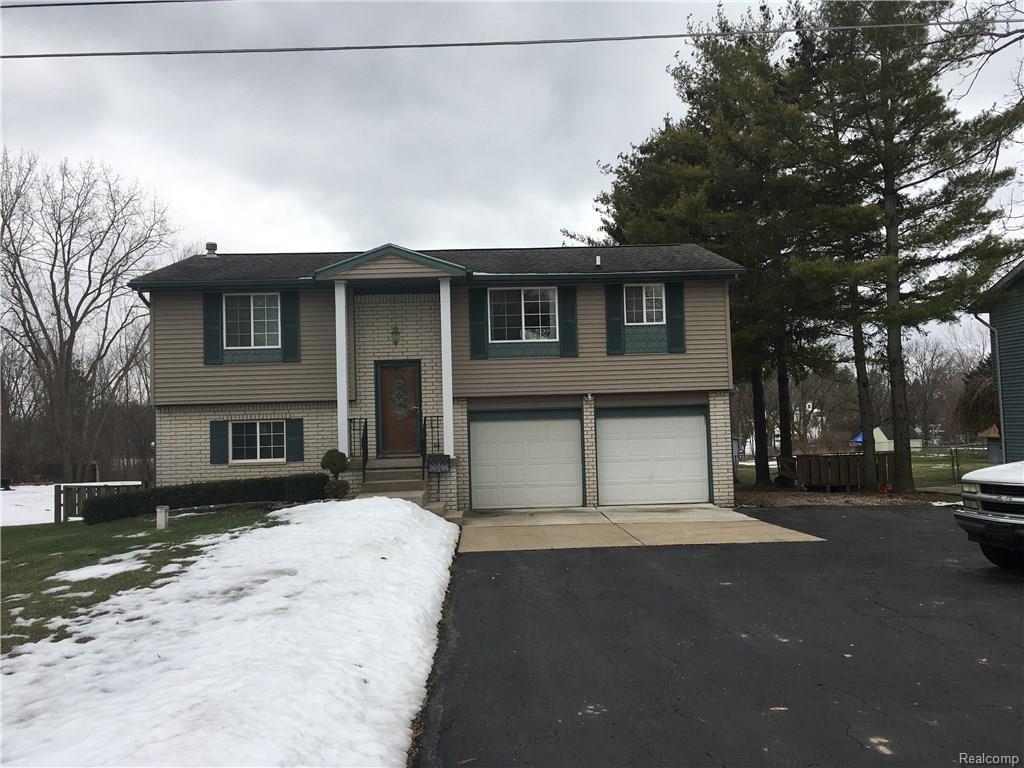
17.7% of all households were made up of individuals, and 5.1% had someone living alone who was 65 years of age or older. There were 4,883 households, out of which 34.8% had children under the age of 18 living with them, 68.1% were married couples living together, 6.2% had a female householder with no husband present, and 22.1% were non-families. Hispanic or Latino of any race were 1.18% of the population.

The racial makeup of the township was 97.02% White, 0.28% African American, 0.41% Native American, 0.77% Asian, 0.03% Pacific Islander, 0.34% from other races, and 1.15% from two or more races. There were 5,247 housing units at an average density of 219.8 per square mile (84.9/km 2). The population density was 543.2 per square mile (209.8/km 2). Geography Īccording to the United States Census Bureau, the township has a total area of 27.5 square miles (71 km 2), of which 23.9 square miles (62 km 2) is land and 3.7 square miles (9.6 km 2) (13.29%) is water.Īs of the census of 2000, there were 12,968 people, 4,883 households, and 3,803 families residing in the township. Tri-County ceased operation on December 1, 2000, when the Southern Lakes Regional Parks & Recreation District began operations. While Argentine Township and Tyrone Townships defeated the millage. In 2000, the township, along with the cities of Fenton and Linden, passed a millage to turn the Tri-County Parks & Recreation share department into a parks and recreation metropolitan district. In 1988, Linden completely separated from the township when the community changed its incorporated status from village to city. The Township became a Charter Township in 1980. While in 1871, Village of Linden was incorporated from the area in the center of the township. The town was incorporated as the Village of Fenton in 1863. The Township of Fenton was organized on March 6, 1838. On June 26, 1837, the Fentonville post office opened and was renamed Fenton on February 25, 1866. Fenton won and the town was known as Fentonville. The town would be named after the winner and the main street after the loser. According to local legend, Fenton and LeRoy decided who would name the town in a game of poker. Fenton and LeRoy had the settlement, then known as Dibbleville, platted.

Fenton and Robert LeRoy bought land, a sawmill and water rights from Dibble, who moved elsewhere. Other settlers followed at Dibble's invite from Grumlaw, with Dustin Cheney and his family first to move there, forming the community of Dibbleville. Ĭlark Dibble, a pioneer from New York, was the first white settler to purchase land in the township, in March 1834. The Fenton survey township area was a part of Argentine Township starting Jwhen it was separately organized. The township land was initially a part of Grand Blanc Township when it was organized March 9, 1833, and a part of Genesee County when it was formed by the territorial legislature in 1835. This CDP includes two unincorporated communities, Lakeside and Bayport Park.

The Lake Fenton Community Schools district overlaps a portion of this and adjacent areas.


 0 kommentar(er)
0 kommentar(er)
